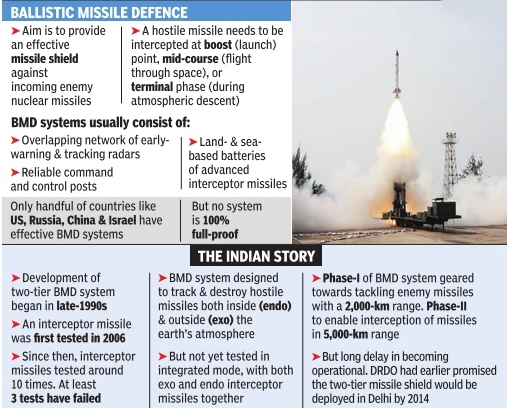900 319 0030
enquiry@shankarias.in
Click here for Part -I
What is the issue?
Why did India embark on ASAT?
What was the BMD programme?

How did ASAT evolve?
How effective are the international regulations?
How are countries operating in this regard?
What lies ahead?
Source: The Hindu